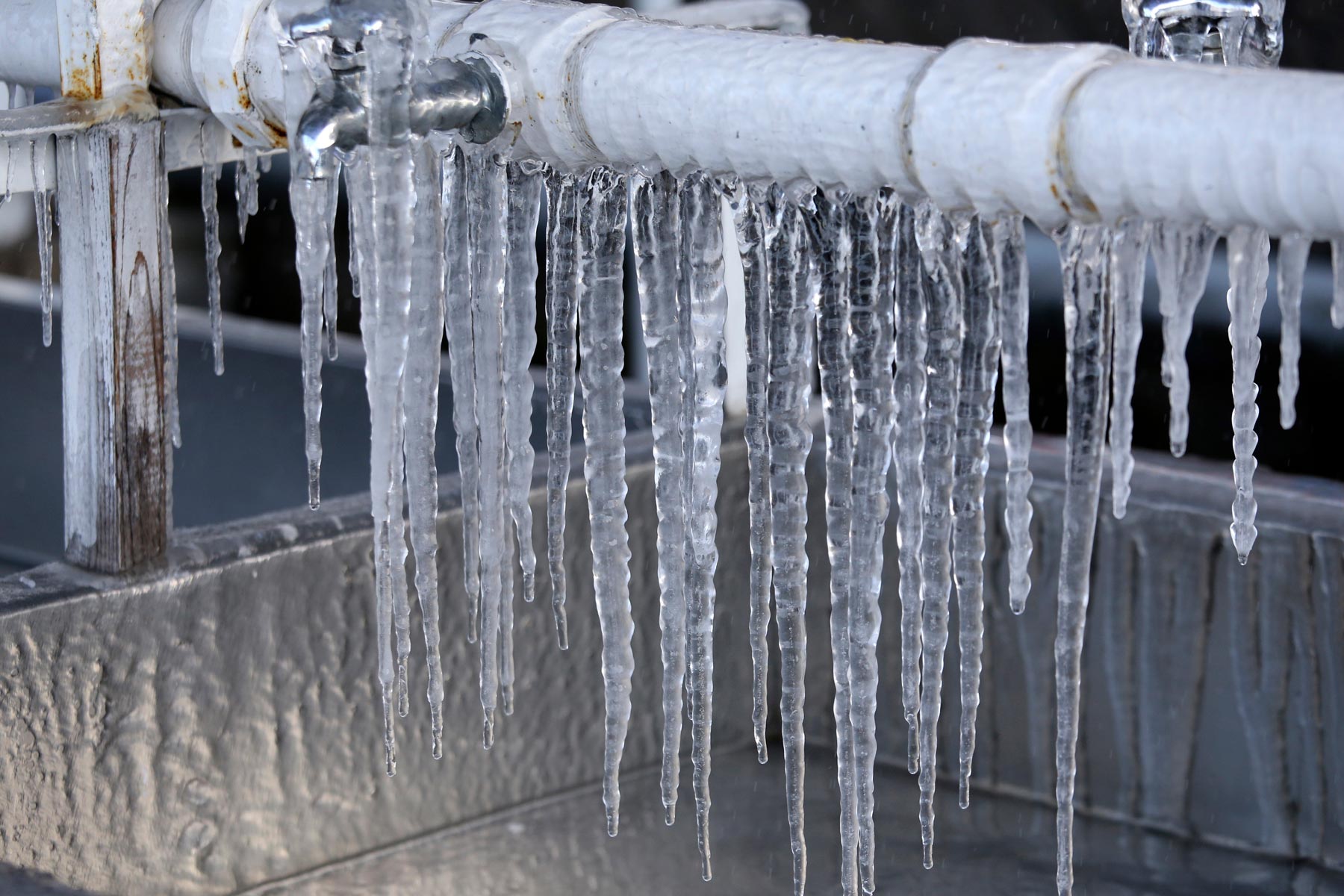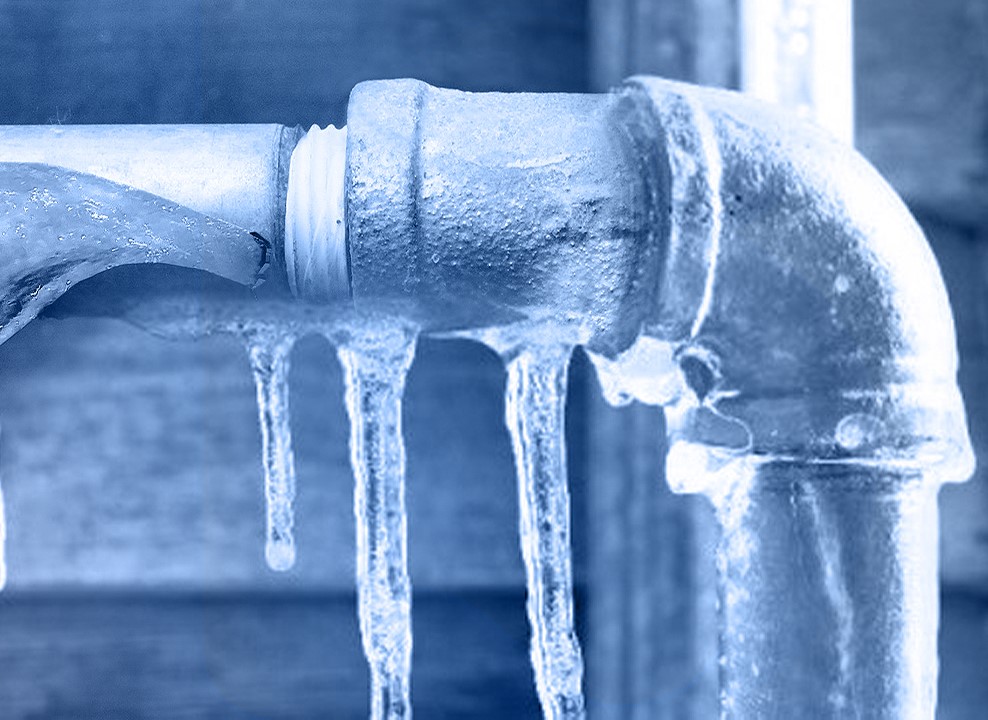Crucial Advice to Prevent Frozen Pipes in Cold Weather: Expert Insights
Crucial Advice to Prevent Frozen Pipes in Cold Weather: Expert Insights
Blog Article
Here further down you can find some quality data related to How To Avoid Freezing Pipes.

Winter can damage your plumbing, specifically by freezing pipelines. Below's exactly how to avoid it from occurring and what to do if it does.
Introduction
As temperatures drop, the threat of frozen pipelines increases, potentially bring about costly repair work and water damage. Understanding just how to prevent icy pipes is vital for property owners in chilly climates.
Recognizing Frozen Pipes
What triggers pipelines to ice up?
Pipelines ice up when exposed to temperatures below 32 ° F (0 ° C) for prolonged durations. As water inside the pipelines ices up, it broadens, taxing the pipeline wall surfaces and possibly triggering them to rupture.
Dangers and problems
Frozen pipes can result in water system interruptions, building damages, and costly repairs. Ruptured pipelines can flood homes and cause considerable architectural damage.
Signs of Frozen Piping
Determining frozen pipes early can stop them from rupturing.
How to recognize frozen pipelines
Search for lowered water flow from taps, unusual odors or sounds from pipes, and visible frost on revealed pipes.
Avoidance Tips
Insulating prone pipelines
Wrap pipes in insulation sleeves or make use of warmth tape to protect them from freezing temperatures. Concentrate on pipelines in unheated or exterior areas of the home.
Home heating strategies
Maintain indoor areas sufficiently heated, especially locations with plumbing. Open cupboard doors to permit cozy air to circulate around pipes under sinks.
Safeguarding Outside Plumbing
Garden hose pipes and outdoor faucets
Disconnect and drain garden tubes prior to winter months. Mount frost-proof faucets or cover outside faucets with shielded caps.
What to Do If Your Pipelines Freeze
Immediate activities to take
If you think frozen pipelines, maintain faucets open to relieve stress as the ice melts. Use a hairdryer or towels soaked in warm water to thaw pipelines slowly.
Long-Term Solutions
Architectural adjustments
Take into consideration rerouting pipes far from exterior wall surfaces or unheated areas. Include added insulation to attics, cellars, and crawl spaces.
Upgrading insulation
Purchase high-quality insulation for pipes, attic rooms, and walls. Appropriate insulation aids maintain consistent temperatures and minimizes the threat of frozen pipes.
Final thought
Preventing frozen pipes needs aggressive actions and quick actions. By recognizing the causes, indicators, and preventive measures, home owners can protect their plumbing during winter.
6 Proven Ways to Prevent Frozen Pipes and Protect Your Home
Disconnect and Drain Garden Hoses
Before winter arrives, start by disconnecting your garden hoses and draining any remaining water. Close the shut-off valves that supply outdoor hose bibs and leave the outdoor faucet open to allow any residual water to drain. For extra protection, consider using faucet covers throughout the colder months. It’s also important to drain water from any sprinkler supply lines following the manufacturer’s directions.
Insulate Exposed Pipes
Insulating your pipes is an effective way to prevent freezing. Pipe insulation is readily available at home improvement stores and is relatively inexpensive. Pay close attention to pipes in unheated areas such as the attic, basement, crawl spaces, or garage. Apply foam insulation generously to create a buffer against the cold. You can also wrap your pipes in heat tape or thermostat-controlled heat cables for added warmth.
Seal Air Leaks
Inspect your home for any cracks or openings that could let in cold air. Seal any holes around the piping in interior or exterior walls, as well as the sill plates where your home rests on its foundation. Additionally, make sure to keep your garage door closed unless you’re entering or exiting. Leaving it open creates a significant air leak that can lead to frozen pipes.
Allow Warm Air Circulation
During cold snaps, it’s essential to allow warm air to circulate evenly throughout your home. Leave interior doors ajar to promote better airflow. Open kitchen and bathroom cabinets to help distribute heat consistently around the rooms. If you have small children or pets, be sure to remove any household chemicals or potentially harmful cleaners from open cabinets for safety.
Let Faucets Drip
A small trickle of water can make a big difference in preventing ice formation inside your pipes. When temperatures drop significantly, start a drip of water from all faucets served by exposed pipes. This continuous flow helps prevent the water from freezing. Additionally, running a few faucets slightly can relieve pressure inside the pipes, reducing the chances of a rupture if the water inside does freeze.
https://choateshvac.com/6-proven-ways-to-prevent-frozen-pipes-and-protect-your-home/

Do you appreciate reading up on How to prepare your home plumbing for winter weather? Try leaving feedback down below. We would be delighted to hear your opinion about this post. We hope that you come back again later on. Do you know about another individual who is occupied with How To Avoid Freezing Pipes? Please feel free to share it. I appreciate reading our article about Preventing and dealing with frozen pipes.
See Availability Report this page